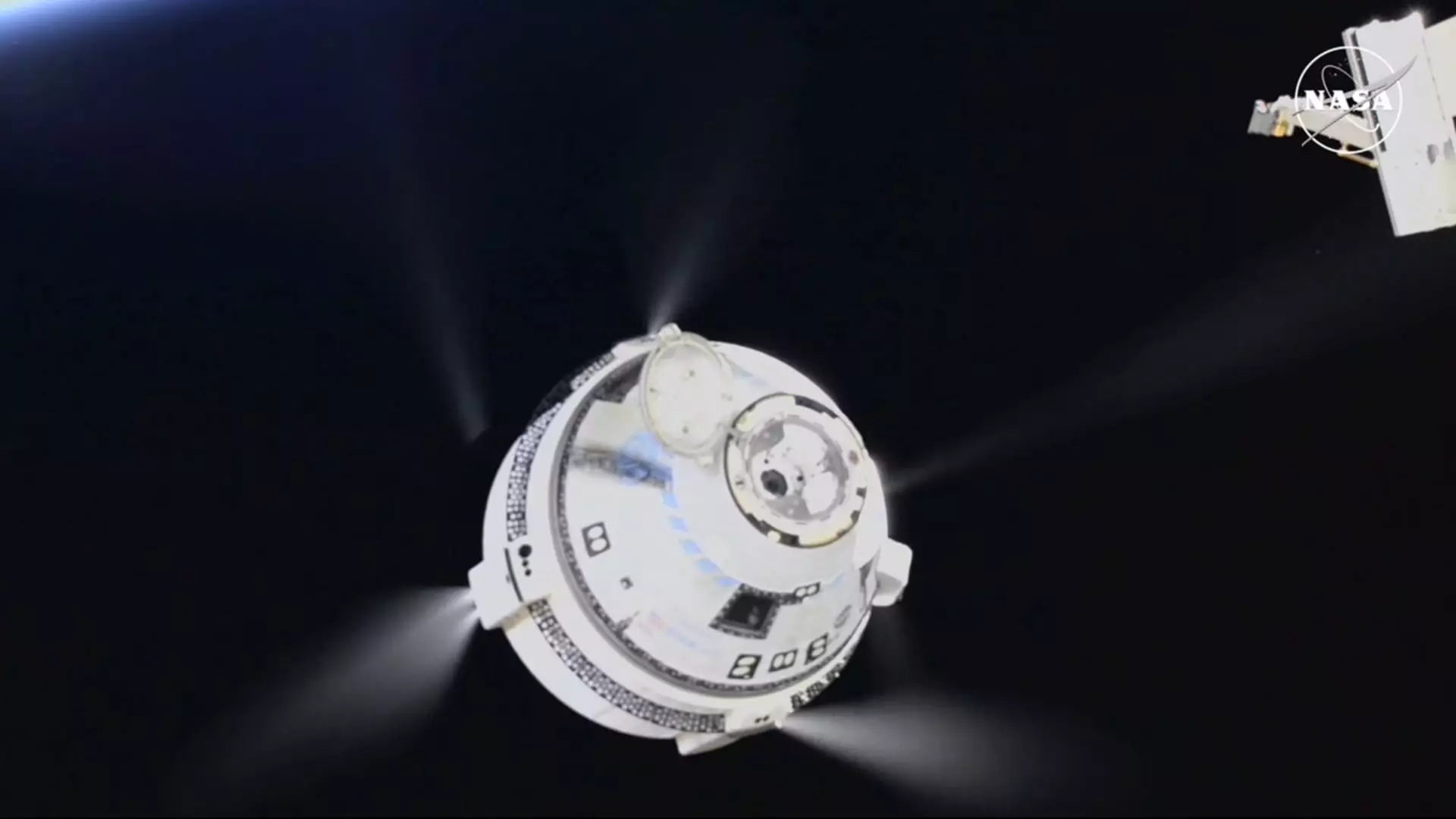Boeing’s Starliner recently undocked from the International Space Station much later than originally planned. The spacecraft left without the two astronauts it had initially delivered to orbit, as they will be staying at the ISS until February. This delay in the departure and return of the spacecraft is a major setback for Boeing and NASA.
Unsuccessful Test Flight
The test flight of the Starliner capsule, named “Calypso,” did not go as planned. Initially expected to be in space for only nine days, the spacecraft spent over three months at the ISS due to issues with its propulsion system. Despite Boeing’s assurances that the spacecraft was safe for the astronauts to fly home in an emergency, NASA ultimately decided to send the Starliner back empty to further investigate its problems.
The failure of the Starliner’s test flight is a significant setback for both Boeing and NASA. With over $1.5 billion in losses already absorbed, Boeing’s future involvement in NASA’s Commercial Crew Program is now in jeopardy. NASA was hoping to have both Boeing and SpaceX capable of flying missions to the ISS, but the delays and issues faced by Boeing have put a dent in these plans.
The challenges faced by Boeing’s Starliner capsule highlight the complexities and risks associated with space travel. It is crucial for companies like Boeing to thoroughly test their spacecraft and ensure that they are safe and reliable for human spaceflight. NASA must also be vigilant in overseeing these programs and holding contractors accountable for meeting safety standards.
The failure of Boeing’s Starliner test flight is a reminder of the difficulties of space exploration. While setbacks are inevitable, it is essential for companies and agencies involved in space travel to learn from their mistakes and strive for continuous improvement. Only through careful planning and rigorous testing can we ensure the safety and success of future missions to the International Space Station and beyond.

